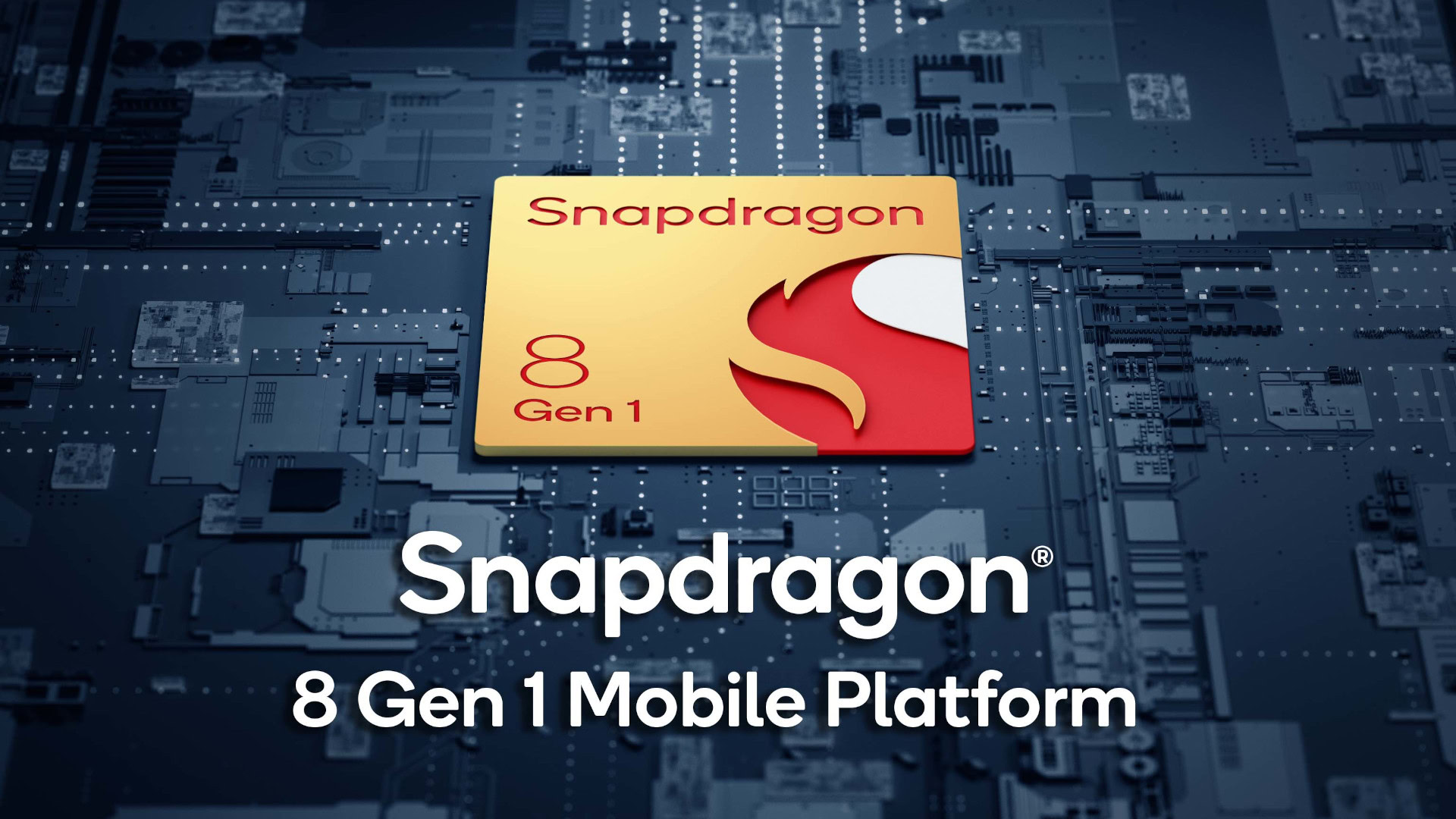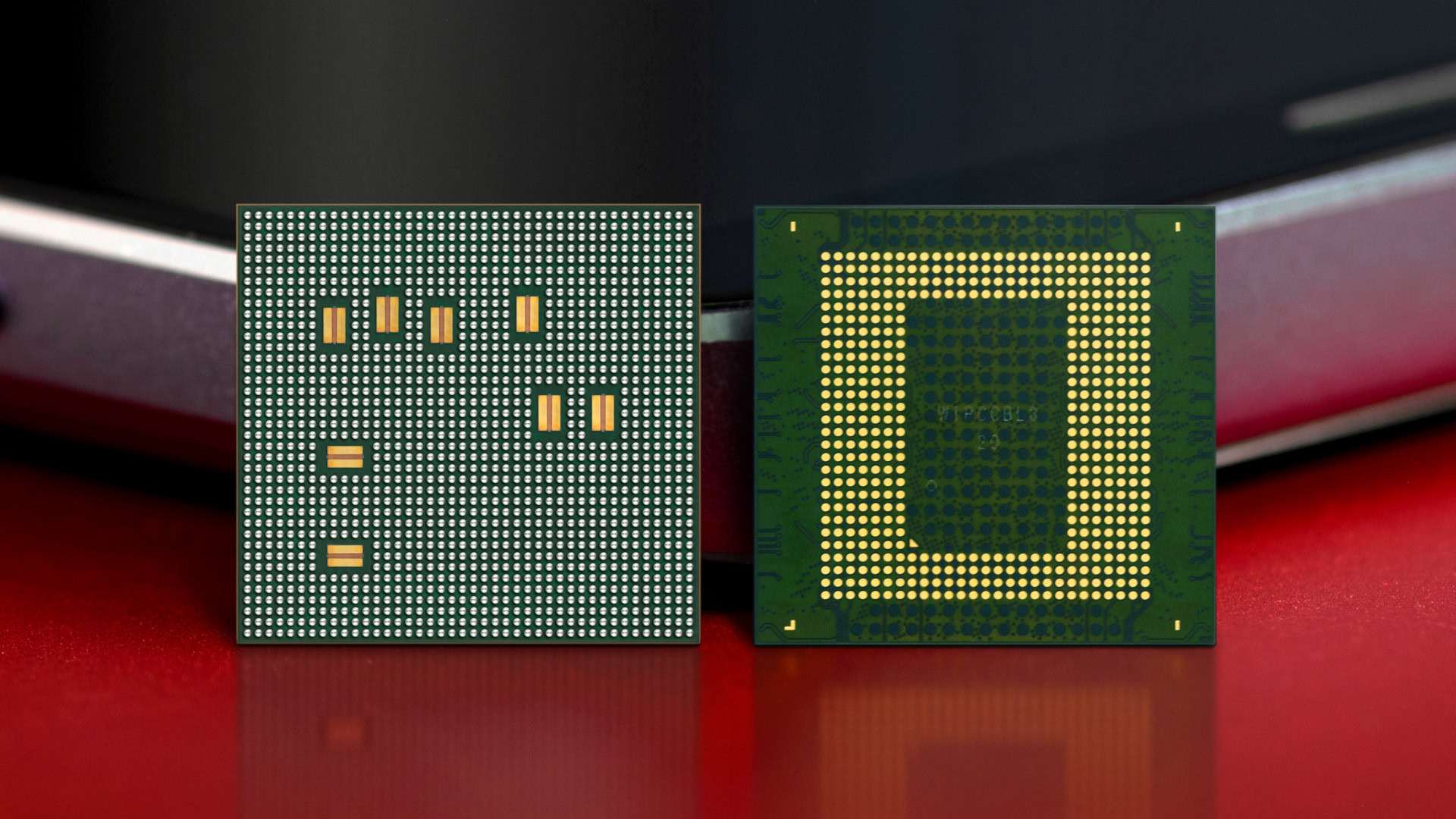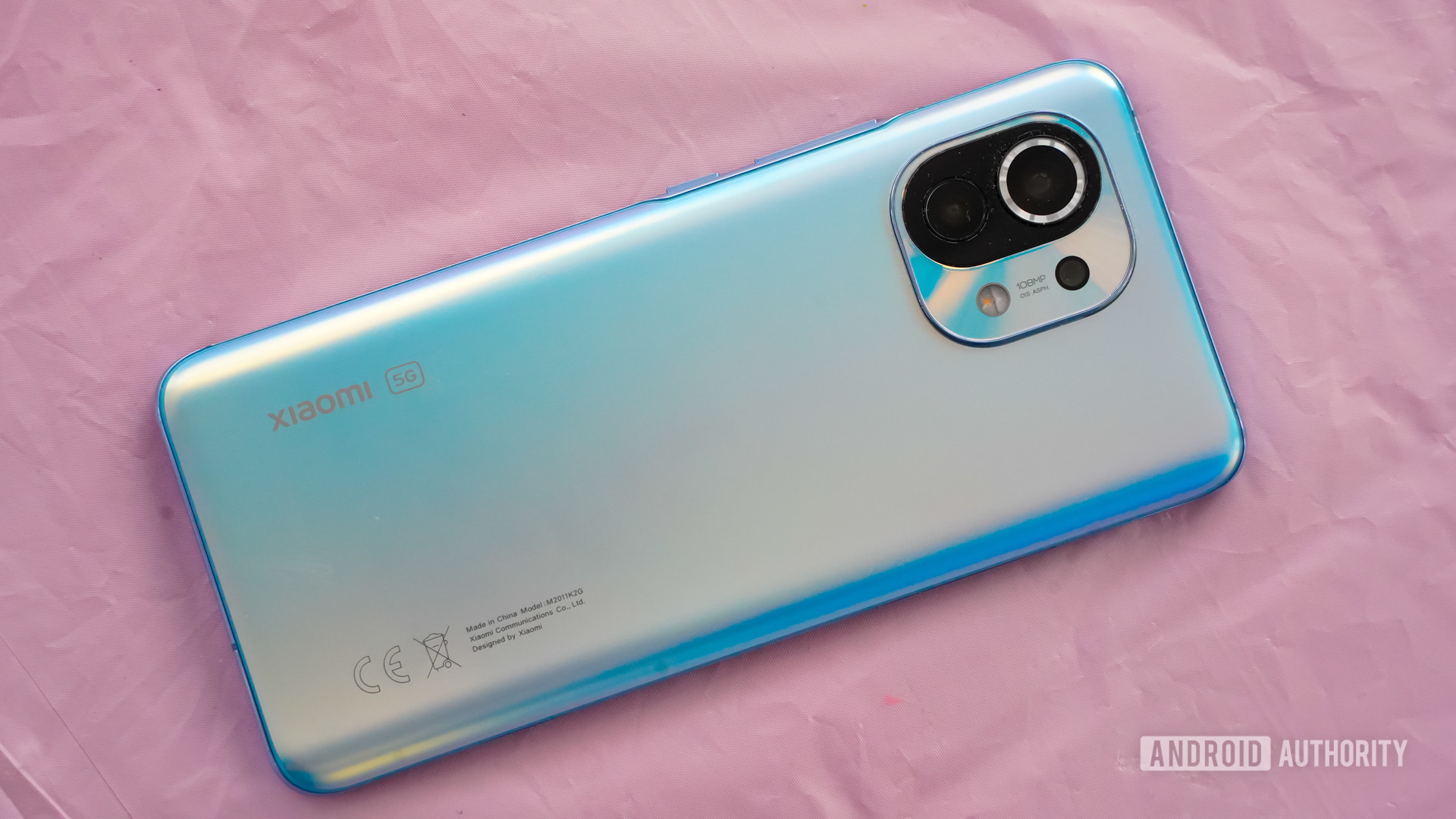Affiliate links on Android Authority may earn us a commission. Learn more.
6 key things you need to know about the Snapdragon 8 Gen 1 chipset
Qualcomm has announced the Snapdragon 8 Gen 1, the follow-up to its Snapdragon 888 series and its flagship silicon for 2022. As well as a new name, the chipset has a lot else going for it. But what are the highlights and notable facts regarding Qualcomm’s new processor? We’ve got you covered with six things worth knowing about the Snapdragon 8 Gen 1.
1. The first Snapdragon SoC with Armv9 CPU cores
Qualcomm’s new processor is the company’s first to offer Armv9 CPU cores. Yes, the chipset boasts one Cortex-X2 clocked at 3GHz, three Cortex-A710 cores, and four Cortex-A510 cores. The latter core in particular is the first little core upgrade since the Snapdragon 845 that powered 2018’s flagships. So expect power and efficiency gains for simple tasks.
Related: What you need to know about Arm’s latest and greatest CPU cores
All in all, Qualcomm says you can expect a 20% faster CPU and up to 30% power savings. The new hardware and the Armv9 architecture also enables much faster machine learning capabilities, with the firm claiming its AI engine has received a four-fold boost over the last generation.
2. It’s got some impressive imaging chops

The flagship Snapdragon processors have a great reputation for delivering class-leading camera capabilities, and the Snapdragon 8 Gen 1 still brings the heat in this regard. In fact, the chip designer says this might be the biggest change they’ve made, featuring new Snapdragon Sight branding too.
As for the actual specs and features, we’ve got an 18-bit ISP touting 3.2 gigapixels per second speeds, along with the headline feature of 8K/30fps recording in HDR (supporting HDR 10 and HDR 10 Plus). Burst performance also gets a big boost with the new processor, with the ability to take 240 12MP shots in a second (up from 120) and 30 frames of multi-frame image processing (up from six). The latter could be key for even better night modes, HDR, object erasing, and more in 2022.
The camera-related upgrades don’t end there, as we also get Chromatic Aberration Correction for ultra-wide cameras, up to 200MP single camera support, triple 36MP camera capabilities, and video super-resolution for better zoom when recording videos.
3. Gaming gets a boost
The Snapdragon flagship processors have always been the ones to get for Android gamers, owing to the feature set and the Adreno GPU’s performance credentials. Qualcomm will have some stiff competition from the first AMD-powered Samsung Exynos processor and the Dimensity 9000 SoC, but the new Snapdragon still brings some heat.
For one, Qualcomm says you can expect a 30% graphical boost or 25% power saving over the Snapdragon 888 series. It’s also promising up to 60% faster Vulkan performance — handy for advanced 3D games and demanding emulators.
More reading: The best smartphones you should consider for gaming
The company is also bringing the Adreno Frame Motion Engine, which seems to be Qualcomm’s own take on frame interpolation. More specifically, it says you can expect double the frame rate at the same power level or the same frame rate at a 50% power reduction. We have seen OEMs like OnePlus implement MEMC solutions before, so this could open the door for similar functionality on devices from other brands.
Other notable features on the visual front include Unreal Engine 5 support, volumetric rendering, improved variable-rate shading, and 144Hz refresh rate support at QHD+ resolutions.
4. The Snapdragon 8 Gen 1 chipset could help fight screen peeking

One under-the-radar Snapdragon 8 Gen 1 feature is the additional image signal processor in the always-on sensing hub. This ISP enables a rather cool use case, with Qualcomm saying it can be used to prevent someone from looking at your screen from over your shoulder.
This wouldn’t be the first time we saw a feature to fight screen peeking on mobile, as Blackberry-branded Android phones offered a Privacy Shade feature before. But Qualcomm’s take could enable anti-peeking tech to come to more devices. And the ISP powering this functionality could also be used for face unlock too.
5. Cellular speeds are much faster
Qualcomm is a leader in the 5G space, so it’s no surprise to hear that its latest flagship Android processor is gaining an upgrade here too. The new chipset is powered by the X65 modem that was announced earlier this year, boasting speeds of up to 10Gbps and 3GPP Release 16 features. By comparison, the Snapdragon 888 tops out at 7.5Gbps. Not that you’ll see these speeds in real-world usage in either case.
In terms of other connectivity options, the Snapdragon 8 Gen 1 also gains Wi-Fi 6E, Bluetooth 5.2, and Snapdragon Sound wireless tech.
6. The first Snapdragon 8 Gen 1 phones are coming this year

Qualcomm’s Snapdragon flagship processors have traditionally arrived in commercial phones in the quarter after its unveiling (Q1 of the next year). That changed last year, as the first Snapdragon 888 phones were launched in China a few weeks later (such as the Mi 11). It looks like we’re in for a similarly quick time to market once again, as Qualcomm says the first phones with the chipset will arrive before the end of the year.
As for specific Android manufacturers, Black Shark, HONOR, Iqoo, Motorola, nubia, OnePlus, OPPO, realme, Sharp, Sony, vivo, Xiaomi, and ZTE all allowed Qualcomm to publicly name-drop them. So it stands to reason that more brands will support the chipset in 2022, such as Samsung.
That’s it for our rundown of the Snapdragon 8 Gen 1 chipset highlights. Do you think this will be the best Android processor in 2022? Let us know below.